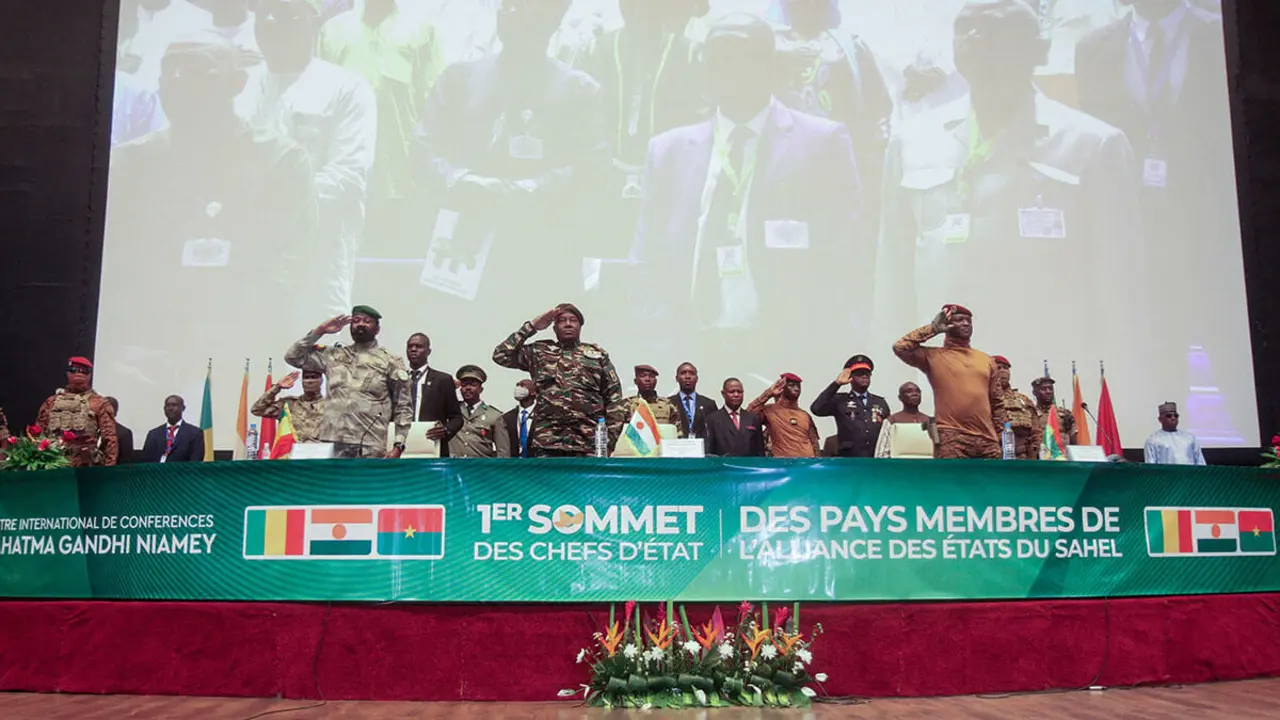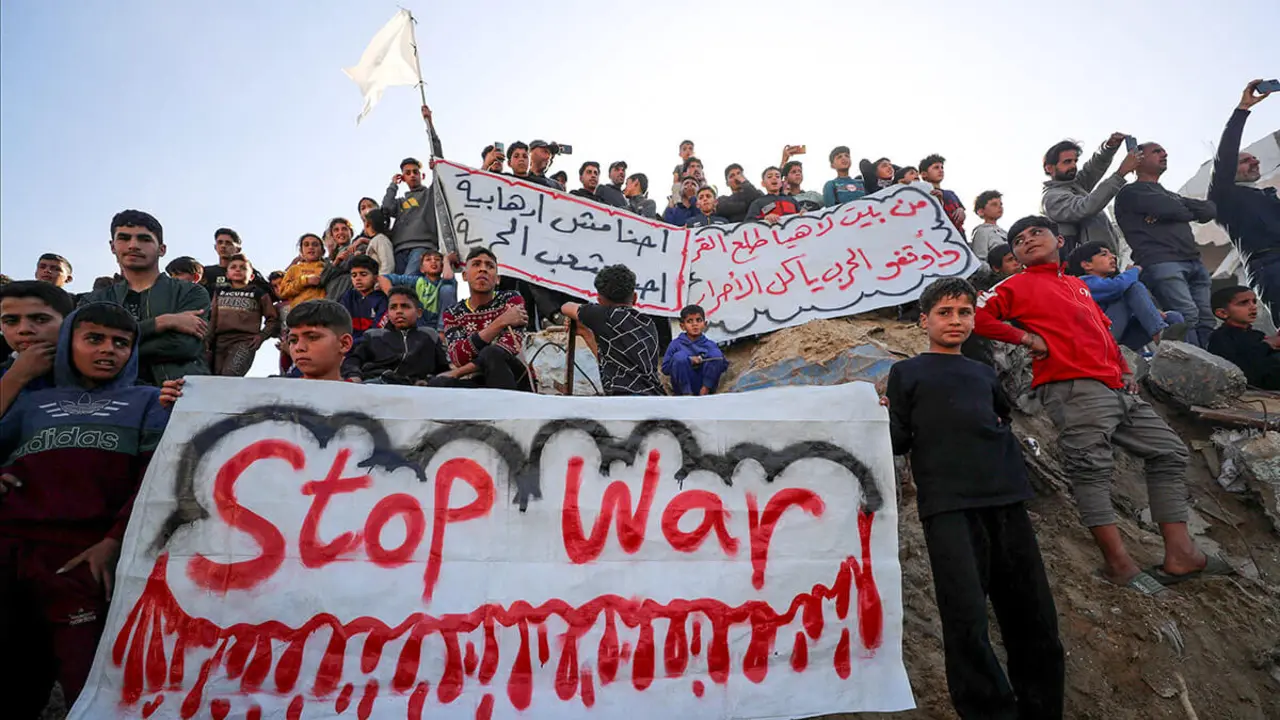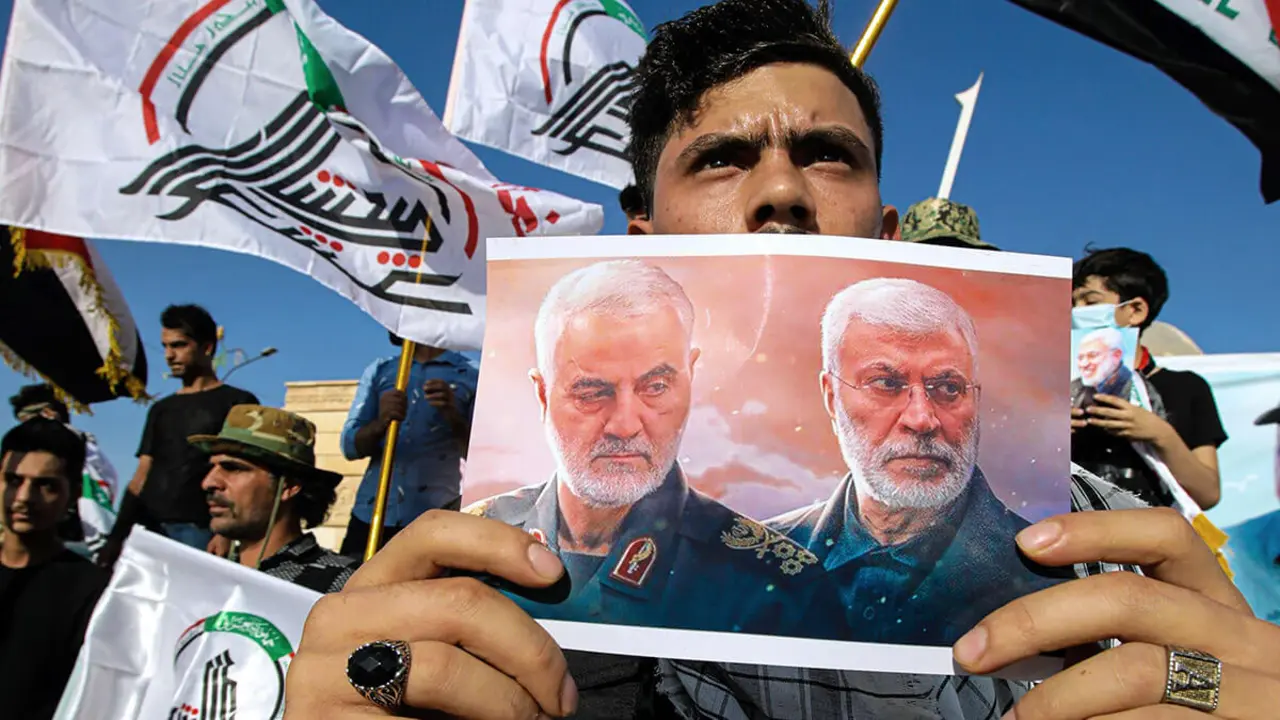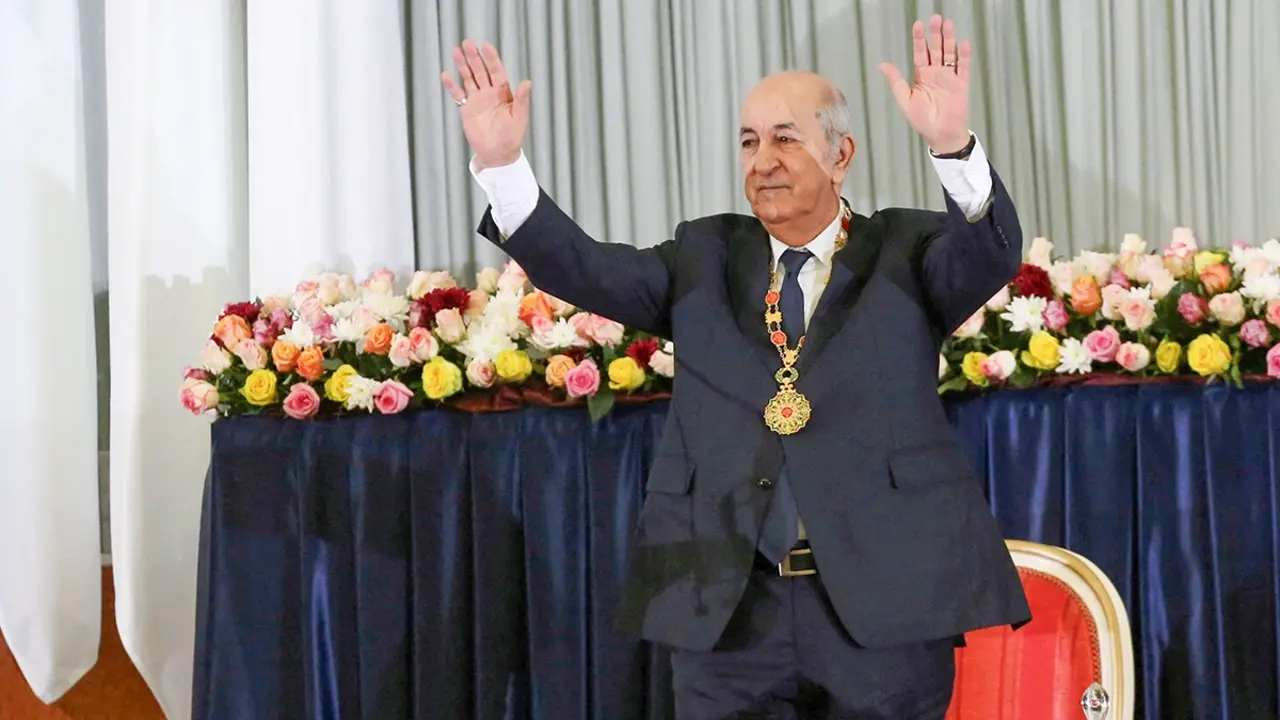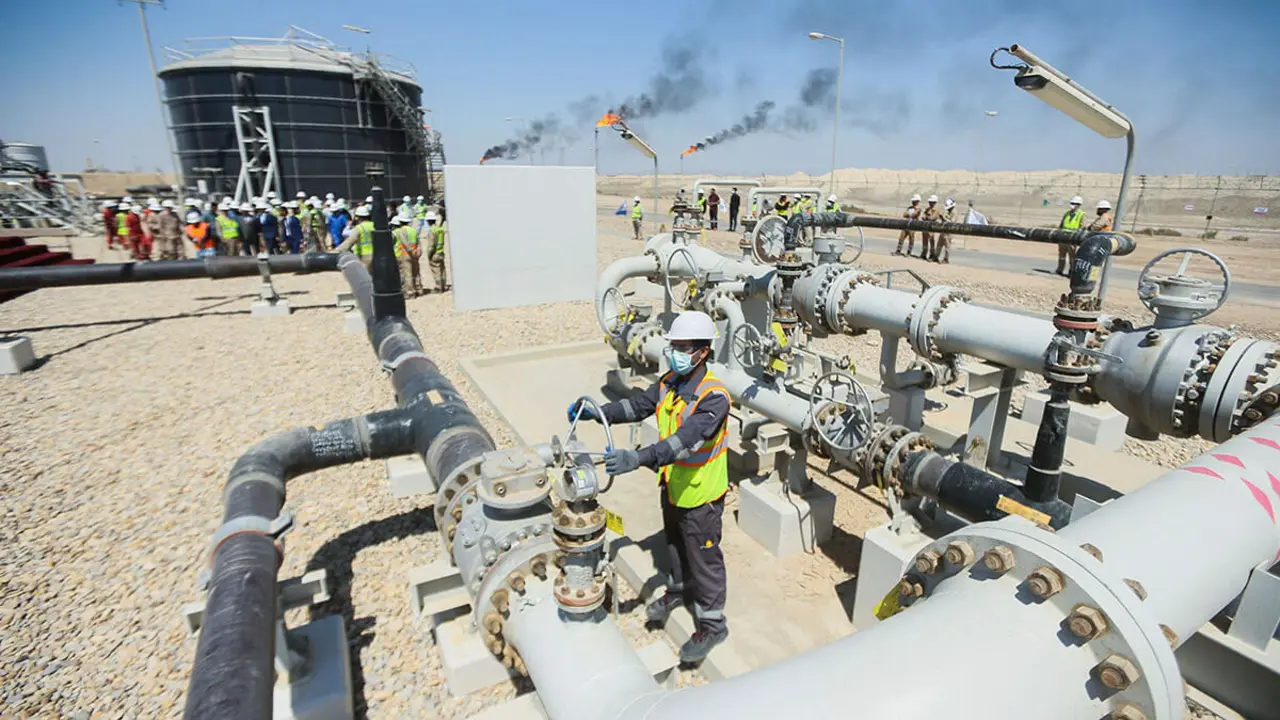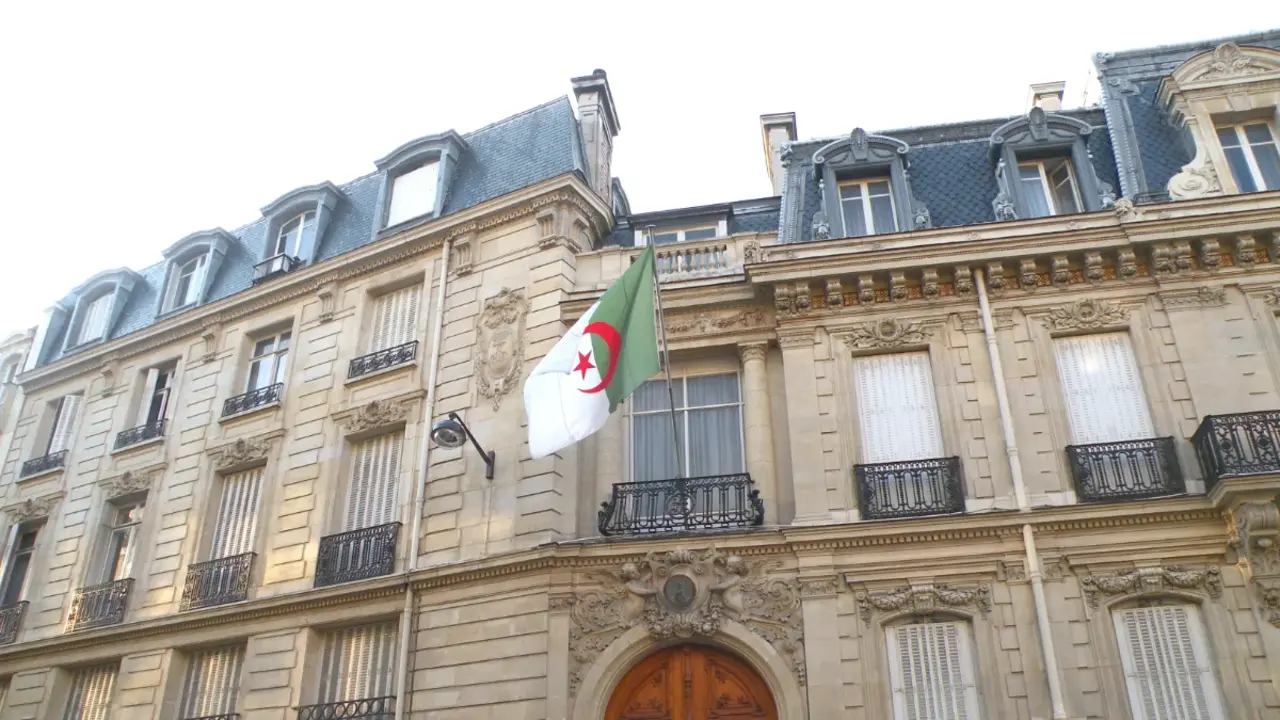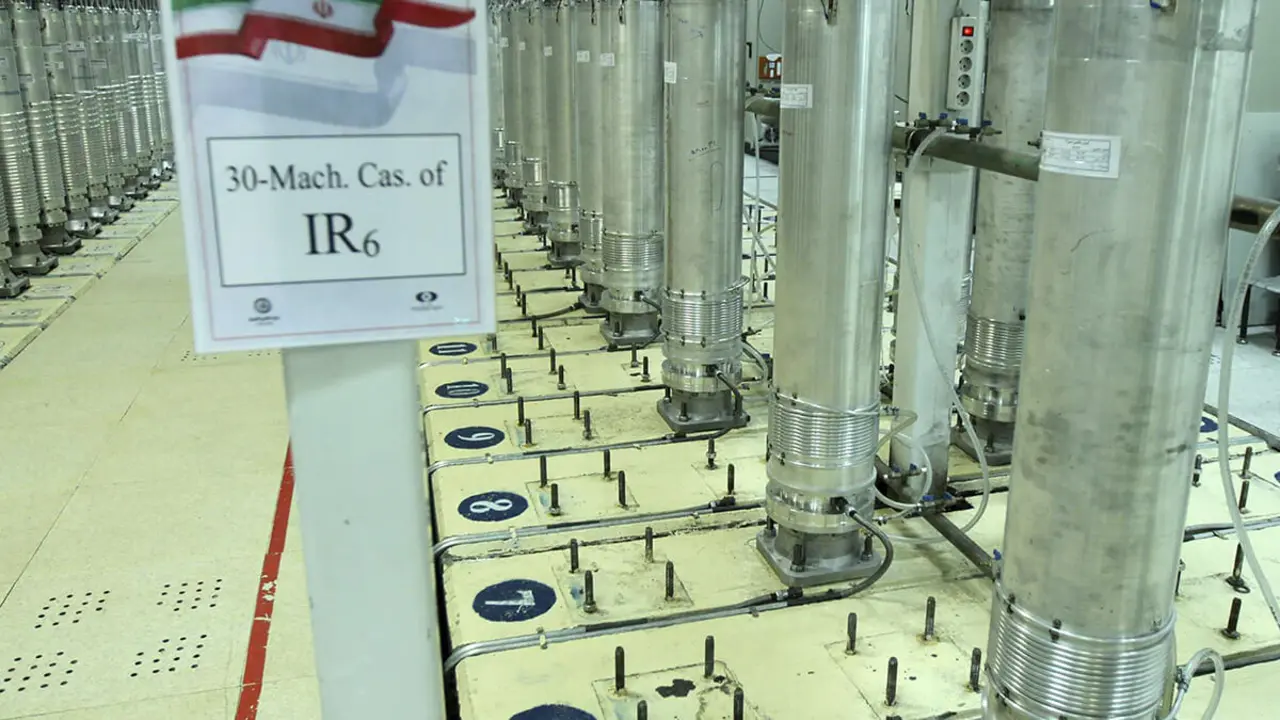The problem of the "ethnicity" of the self-defence militias in the Sahel, the main perpetrators of violence in Burkina Faso and Mali

As a result of the irruption of Jihadism in the Sahel, some communities are resorting to the creation of self-defence militias in order to respond to the threat, particularly in Mali and Burkina Faso. They justify their decision on the lack of state capabilities to provide them with security. Although Mali has a long tradition of forming armed groups, especially among the Tuaregs, self-defence militias are a relatively new phenomenon. The militias known in Mali up to now were related to the defence of the regions of central Mali, adjacent to the territory claimed by the Tuaregs, the Azawad. Ganda Koy, Ganda Izo and the Movement for the Defence of the Homeland are some examples of militias that were created during the Tuareg revolutions of the 1990s, 2000 and 2012. These groups joined different non-Tuareg communities, such as the Bambara, Peul, Songhaï, and Bozos, who lived in central Mali. These militias have been demobilizing once the threat has passed, integrating themselves into the peace agreements.
With the emergence of Jihadist groups, the population of central Mali and northern Burkina Faso is facing a new type of threat hitherto unknown, Jihadist terrorism. Self-defence groups appear when the state is incapable of providing security to the local population and are therefore forced to organise themselves to defend themselves against an enemy or common criminality. These militias are formed for short periods of time, normally 'ad-hoc' among the young locals of the villages, to deal with the imminent threat. When the threat is prolonged, they organise themselves, settling in the most remote cities.

The centre of Mali is one of the regions with the highest rate of ethnic and community heterogeneity. Despite the fact that the communities have lived in peace for generations, there are intercommunity tensions especially between the Dogon and the Peul. The tensions are often related to access to the limited natural resources in the region, such as land and water. These same tensions occur between the Mossi and Peul communities in Burkina Faso. Traditionally, most disputes were resolved through the mediation of community leaders; however, following the security crisis caused by the Tuareg revolution and Jihadism, the young people of the communities had access to weapons from northern Mali and Libya. Jihadist groups from central Mali (Katiba Macina) and northern Burkina (Ansaroul Islam) have taken advantage of these community tensions to recruit nomadic Peul shepherds. For the rest of the communities, such as the Dogon, previous community tensions with the Peul have been mixed with the fear and insecurity caused by their membership of Jihadist groups, creating a climate of mistrust between both communities.
At the end of 2016, one of the Dogon militias that will mark a before and after in the security crisis in central Mali, Dan Na Ambassagou (Hunters Who Trust in God), was born. This militia accuses the Peul of supporting Katiba Macina's jihadists. In their narrative, they consider that all Peuls are terrorists or sympathisers of the latter. An example of this ideology is the messages of Théodore Somboro, a former leader of Dogon self-defence groups, in which he mobilises the local population to boycott Peul services and products and to stop trusting in their flesh and blood. As a result of these messages, he was killed by alleged jihadists of Katiba Macina in 2016, and since then retaliation has increased against the Peul population as his murder has reinforced the activist's message, provoking a feeling of revenge in the Dogon communities.
A similar process has occurred in Burkina Faso with the Koglweogo Mossi militias, which were formed in 2015 to tackle insecurity and common criminality in northern Burkina Faso. When Ansaroul Islam was formed in 2016, this militia focused on putting an end to the Jihadist threat. Both in Mali and Burkina Faso, whenever there were any Jihadist attacks in the area, they responded with a retaliation against those Peuls they considered Jihadists or sympathisers, but who on many occasions were civilians.

At first, both the Malian and Burkinabe governments did not oppose the creation of the militias, as they understood that they shared the same objective, the fight against terrorism, and were even useful in providing them with intelligence on the ground. The problem began when these militias became uncontrollable for the state security forces, as they no longer made the distinction between civilian Peul and terrorist, massacring entire villages. One example is the massacre that took place in Ogossagou (central Mali) in March 2019 in which Dan Na Ambassagou attacked a Peul village killing more than 150 people in a few hours. In Burkina Faso, similar events have occurred in Yirgou, where 100 Peuls were killed by the Koglweogo self-defence militia. In response, both Jihadist groups and Peul self-defence militias have attacked Dogon (in Mali) and Mossi (in Burkina) villages. An example is the attack perpetrated by a Peul self-defence militia where 35 Dogon were killed in Sobane-Da, in June 2019. On the other hand, Jihadist groups also retaliated by killing 38 Dogons in the villages of Yoro and Gangafani, very close to the border with Burkina Faso.
The very marked ethnic component of these attacks is causing concern among NGOs. The attacks by the Dogon and Mossi militias are not to defend themselves against the Jihadists, but are massacres of entire villages that include the burning of houses, livestock and fields. Retaliation by Peul groups follows the same dynamics. Following the Ogossagou massacre, Adama Dieng, the United Nations special adviser on the prevention of genocide, warned of the increase in intercommunity violence and the ethnicity of the conflict. Following the reports by the International Crisis Group and Human Rights Watch, we are beginning to see ethnic cleansing dynamics in central Mali and northern Burkina Faso, with hateful and revengeful speech.

While the international community and the national armed forces are fighting the Jihadist threat, intercommunity violence has reached such a point that in 2019 more civilians were killed by self-defence militias than by Jihadist groups. Although the Malian government initially supported the action of these militias following the Ogossagou massacre, its official narrative changed, publicly condemning the attacks and attempting to disassociate itself from its previous relations with them. However, in Burkina Faso, a law of "volunteers for the defence of the homeland" was passed this January. This law aims to train volunteers for two weeks so that they can protect their villages from the Jihadist threat. Bearing in mind the vague wording of this law with respect to the profiles that could take part in the programme, some members of the already constituted militias such as that of Koglwogo, which are the main perpetrators of massacres against civilians, could sign up to receive military training and state weapons.
National governments and the international community must focus all their efforts on ensuring the protection of all civilians, not just the victims of terrorist attacks. It is therefore essential to have a strategy that fights against speeches of ethnic hatred and communal violence, which involves pursuing the leaders of the self-defence militias as harshly as the Jihadist leaders.



